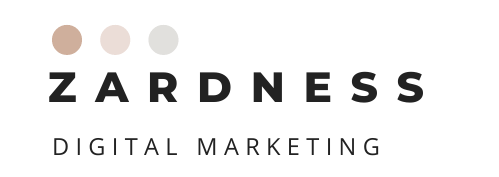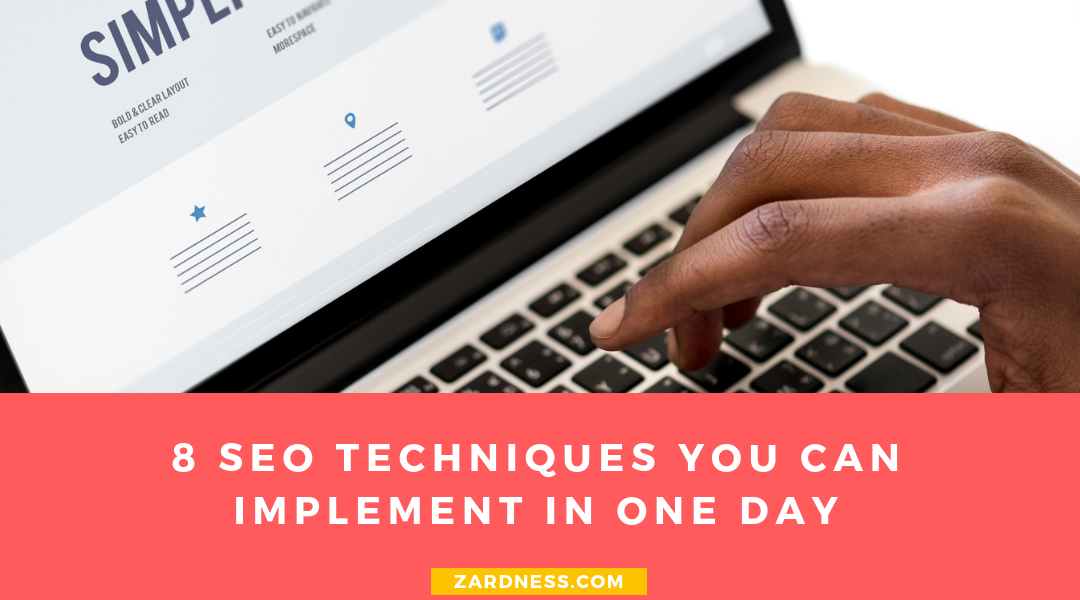SEO is a continuous process that can never be finished. It’s essential that content or blog posts on your site are appropriately optimized to see results in your ranking on search engines. In this SEO for beginners tutorial, I’ll show you SEO techniques you can implement right away so you start getting traffic to your website from search engines.
SEO Checklist For Beginners
1. GOOGLE ANALYTICS AND SEARCH CONSOLE
Analytics and search console are important (and free!) tools to use when optimizing for search engines. You can find useful keywords that people are searching for and understand better who your audience is and what they like to read.
Google Analytic Set Up
- Go to the Google Analytics site and create an account.
- Once you have filled out the information, hit “get tracking ID”.
- Add the tracking code on every page that you like to track. The code is usually implemented in the header or the footer of the site.
Google Search Console Set Up
- Go to Google Search Console and sign in with a Gmail account.
- Enter your URL and click “Add property”.
- Verify your ownership of your website and follow the instructions on the page. The easiest way is to link your Google Analytics account.
If this is feeling a little too overwhelming, you can contact me to help you out or contact your web developer.
2. INSTALL A SEO PLUGIN
Using
I use and recommend Yoast SEO plugin for WordPress sites. This plugin is amazing for both SEO beginners and SEO experts. It gives you traffic light colors that show the quality of the content from an SEO point of view.
3. UPDATE METADATA
Metadata is a very important part of your SEO. It’s what draws people in to click on your website.
The Meta title and description is what shows in Google’s search results. By default, Google will grab your page or post headline and the first sentences of the text to use in its results. If the title is too long for Google’s results, it will chop it off and important keywords could get left out.
4. URL IMPROVEMENTS
Creating a good URL is important for both search visibility and social shareability. Permalinks should be simple, free of stop words (such as “the or “is”) and include your keywords.
If you already have a post published, do not change the permalink. If you change the permalink, it could lead to a 404 error page when someone visits the old link.
If you absolutely must change it anyway, make sure to set up a 301 redirect from the old link to the new link.
5. INCREASE LINK BUILDING
Google will view pages as important if they have internal links pointing to them. Internal links are links within your own website.
Internal links are good for SEO and an excellent way to promote older posts. You’re building up trust signals to Google when you include related posts and pages that will benefit your reader.
To balance this out, linking out to
6. ADD IMAGE ALT TAGS
When you upload an image to your site make sure you name your image before you upload it. Give your image a descriptive name when you’re saving it to your computer.
Make sure to use hyphens between the words and not underscores as Google doesn’t interpret underscores as spaces.
Once it’s uploaded you want to give your image a title and an alt tag. Image alt tags are a short description of the image for search engines since they cannot see the image itself. Use keywords related to the content and image. Make sure the alt tag is related or else Google could penalize your website.
7. BOOST SITE SPEED
Don’t ignore technical stuff like site speed. Slow loading time is one of the main reasons people abandon a website. But page speed is also playing a crucial role in where a website ranks in Google.
Content management systems like WordPress have plenty of speed optimization plugins you can install that will handle the optimization for you. The plugins can help you compress image size, use browser caching and compress site code.
There are a few online tools that run tests on your domain for free and tell you the speed of your load time. A score of 75+ is ideal.
8. REVISE OLD CONTENT
How many blog posts and pages do you have that you haven’t optimized? That is such a shame because you worked HARD on those blog posts and they should be bringing you traffic!
After you let Google Analytics and Google Search Console run for a couple months, you should have some data to work with. You’ll be able to see what you are ranking for, what position you are ranking for those terms, and how many people are clicking through to your website.
With this knowledge, you can then revise old content to try and get it to rank higher as you will now be able to see what’s working and what’s not!
Here’s a summary of the SEO checklist that you can start implementing right away to increase your rankings:
- Set up Google Analytics and Google Search Console
- Install a SEO plugin
- Update metadata
- Improve your URLs
- Increase link building
- Add alt tags to your images
- Boost site speed
- Revise old content
Keep in mind that you will not see improvements in your site rankings immediately. It takes Google and other search engines time before it will recognize the changes you made, usually between a few weeks or up to a couple of months.
How do you approach SEO for your own website? Leave a comment below!
If you feel overwhelmed with SEO, don’t have the time or just want a professional –

